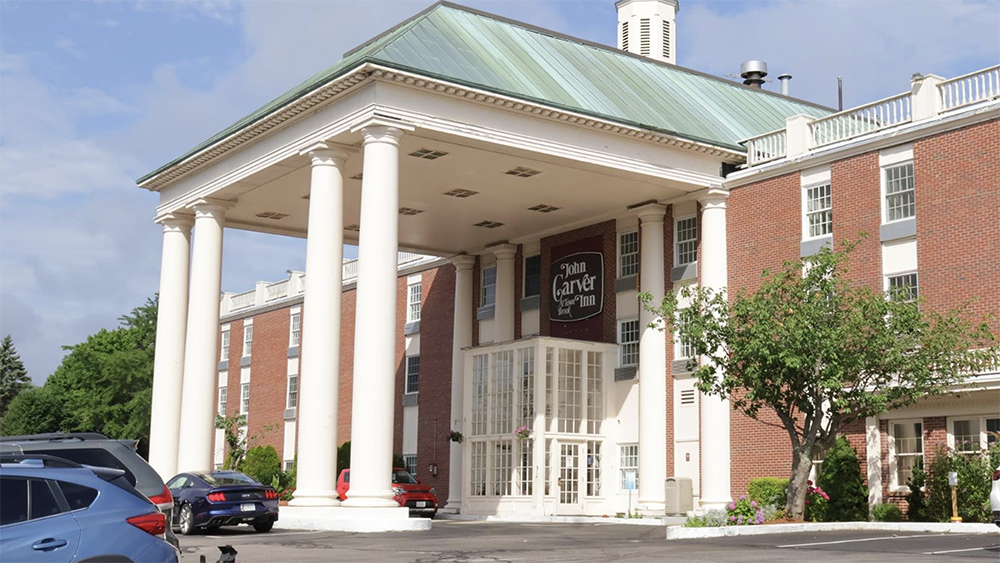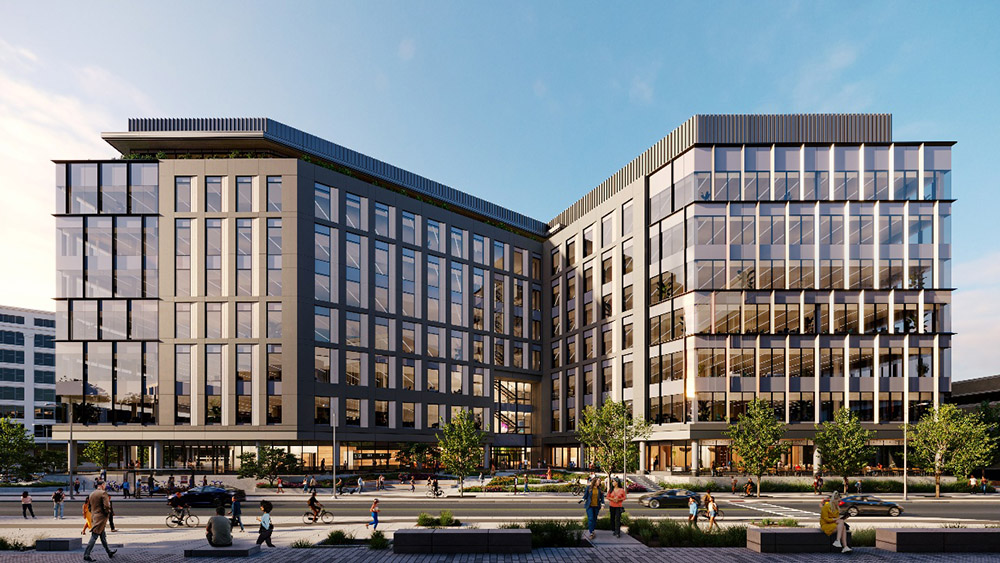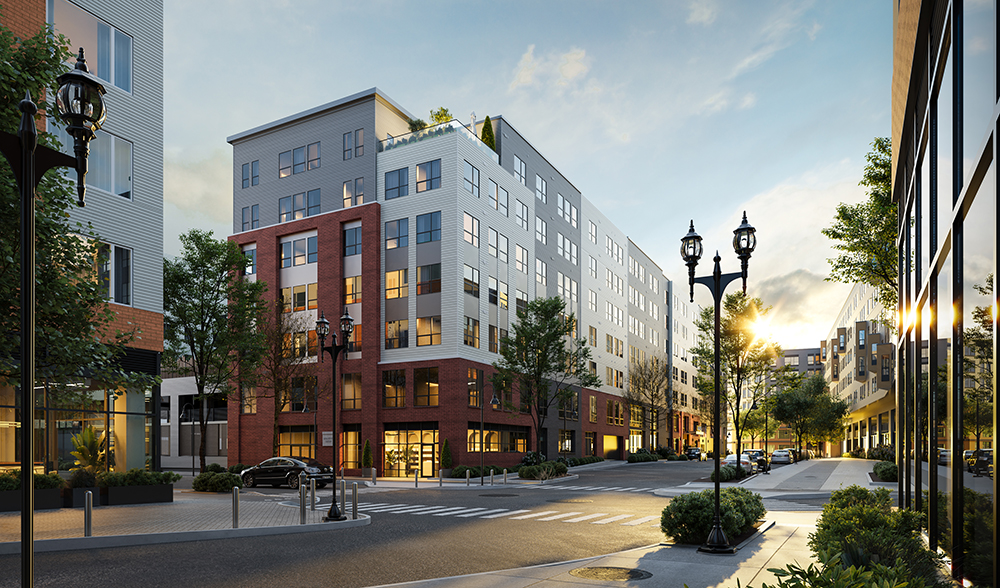News: Owners Developers & Managers
Posted: May 31, 2012
To protect and preserve Boston's historic district - Part 2
Part one appeared in the May 4 edition of the New England Real Estate Journal's ODM section.
Part one described the city of Boston's historic architectural district commissions and how to select a contractor well versed in historic restorations.
* The Primus Ave. Condominiums are located in the historic Beacon Hill section of Boston. The building consists of brick and pre-cast concrete headers, sills, and bands, with ornamental metal coping below the roofline.
In a restoration project to the front of the building governed by the Beacon Hill Architectural Commission, Abbot was contracted to power wash the facade, selectively repoint the brick masonry, and repair the concrete headers and sills. During the project, Abbot found that the concrete band over street floor windows was severely deteriorated. In the process of renovating the concrete band, a structural steel beam was exposed and determined to be in need of repair. Abbot repaired the steel beam and applied a new concrete surface to match its original color and texture in concert with the Beacon Hill Architectural Commission's specifications.
* 46 San Juan St. is a 4-story brick and brownstone building in the heart of Boston's historic South End district.
When the building began to exhibit structural issues following the harsh winter of 2011, the owner and property manager contracted Thompson & Lichtner, a Cambridge engineering firm, to evaluate the damage and establish a remedial plan. In compliance with guidelines set forth by the South End Architectural Commission, Abbot was contracted to remove the brick above all of the brownstone over several leaking windows, install flashing in the affected areas, and reinstall the brick to maintain the original appearance of the building.
Michael Norman is president of Abbot Building Restoration, Inc., Boston.
MORE FROM Owners Developers & Managers
Mount Vernon Co. acquires John Carver Inn & Spa in Plymouth, MA
Plymouth, MA The Mount Vernon Company (MVC), a Boston-based real estate and hospitality investment firm, has completed the acquisition of the John Carver Inn & Spa, an 80-room property.
Columns and Thought Leadership

Selecting the right façade installation firm - by Steven Powell
As the owner of a major new property being developed, or an existing large building preparing for major renovation, you want your design and construction team to have the right experience, capabilities, and expertise to match the project demands. A critical member of this team will be the façade installation specialty firm, since the quality of this installation will impact

Recently passed legislation creates opportunities to meet CT’s changing energy needs - by Klein and Feinn
For decades, New England has had a summer-peaking power system, where the greatest energy use occurs on the hottest and most humid days, due to widespread use of air conditioning. But by the mid-2030s, electrification of the heating sector likely will result in a winter peak that’s higher than the summer peak.

IREM President’s Message: Fostering community connections during the holiday season
The holidays are again taking center stage, and with them comes an opportunity for multifamily communities to connect with the businesses and organizations in their cities and towns, fostering a sense of unity and generosity during this giving season

.png)





.png)

